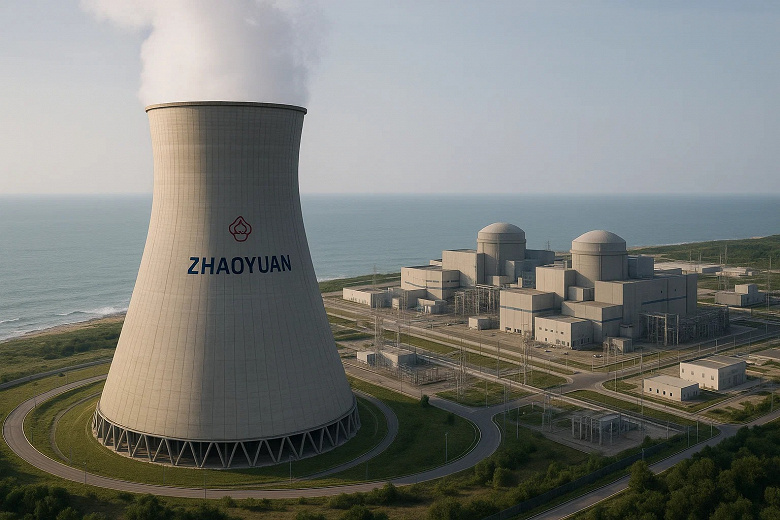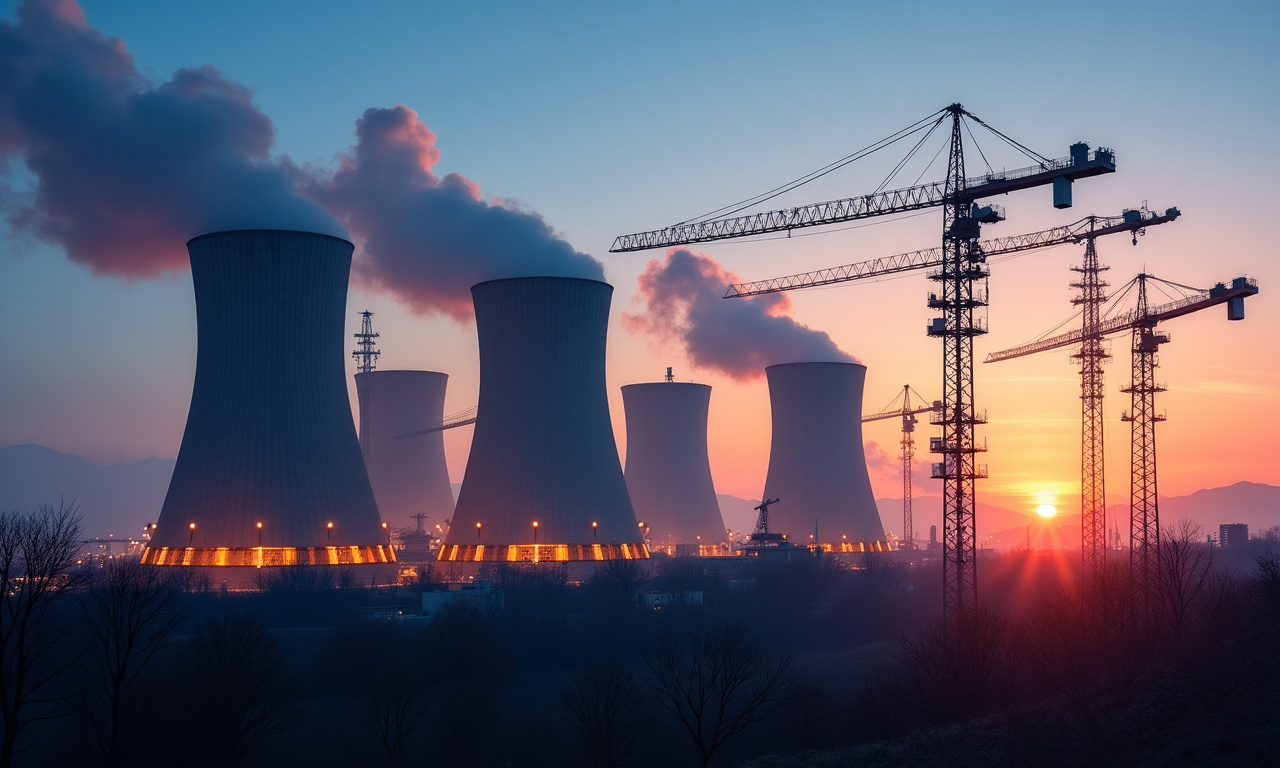The construction of the Zhaoyuan Nuclear Power Plant has officially commenced in Shandong Province, China, aiming to produce 50 billion kilowatt-hours of electricity annually. This will be sufficient to provide electricity to approximately 5 million people. The groundbreaking for the first power unit was marked on November 18, with the pouring of the first concrete for a cooling tower standing 203 meters tall. This cooling tower, unique for the Hualong One reactor type, spans a spraying area of 16,800 square meters, enabling the primary cooling source to shift from marine to atmospheric, subsequently reducing energy consumption and facilitating the reuse of water resources.

The implementation of this cooling tower marks a strategic transformation in the design of nuclear power plants. Typically, coastal plants use seawater for cooling; however, the Zhaoyuan project incorporates the ‘secondary cooling loop technology,’ leveraging atmospheric heat. Additionally, the plant features a ‘dual-layer safety system’: natural plus mechanical, ensuring operational reliability.
According to Yang Yachang, deputy general director of contractor CGN Power Engineering Co, the natural draft cooling tower can sustain the plant for at least two hours in the event of external water supply disruption, allowing sufficient time for a safe reactor shutdown. Furthermore, the plant is equipped with a mechanical cooling tower with a large water reservoir, capable of providing reactor cooling for at least 30 days without water replenishment. “Together, these two systems form a comprehensive, dual-layer cooling source protection system that covers both conventional and nuclear components,” added Yang Yachang.
Upon completion, the Zhaoyuan Nuclear Power Plant is projected to reduce coal consumption by 15.27 million tons annually and decrease carbon dioxide emissions by 46.2 million tons each year. The ecological impact of this is estimated to be equivalent to planting more than 110,000 hectares of forest. Overall, the site is planned to house six Hualong One reactors with a total installed capacity of approximately 7.2 GW.
Latest Developments and Future Outlook
The incorporation of advanced reactor designs such as Hualong One underscores China’s commitment to augmenting its clean energy output, which is crucial as the nation strives to peak carbon emissions before 2030 and achieve carbon neutrality by 2060. This project not only signifies a pivotal advancement in nuclear technology but also reflects a growing regional trend towards more sustainable energy infrastructure. Chinese nuclear projects like these are contributing to a global shift focusing on reducing reliance on fossil fuels while promoting technological innovations.
In the broader scope, as China’s nuclear energy capacity expands, it positions itself as a leader in global nuclear technology, influencing energy policies worldwide and setting new standards for efficiency and safety. Through projects like Zhaoyuan, the symbiosis of technological innovation and environmental stewardship is becoming a hallmark of China’s energy strategy, indicating a transformative impact on global efforts to tackle climate change.









